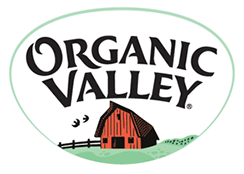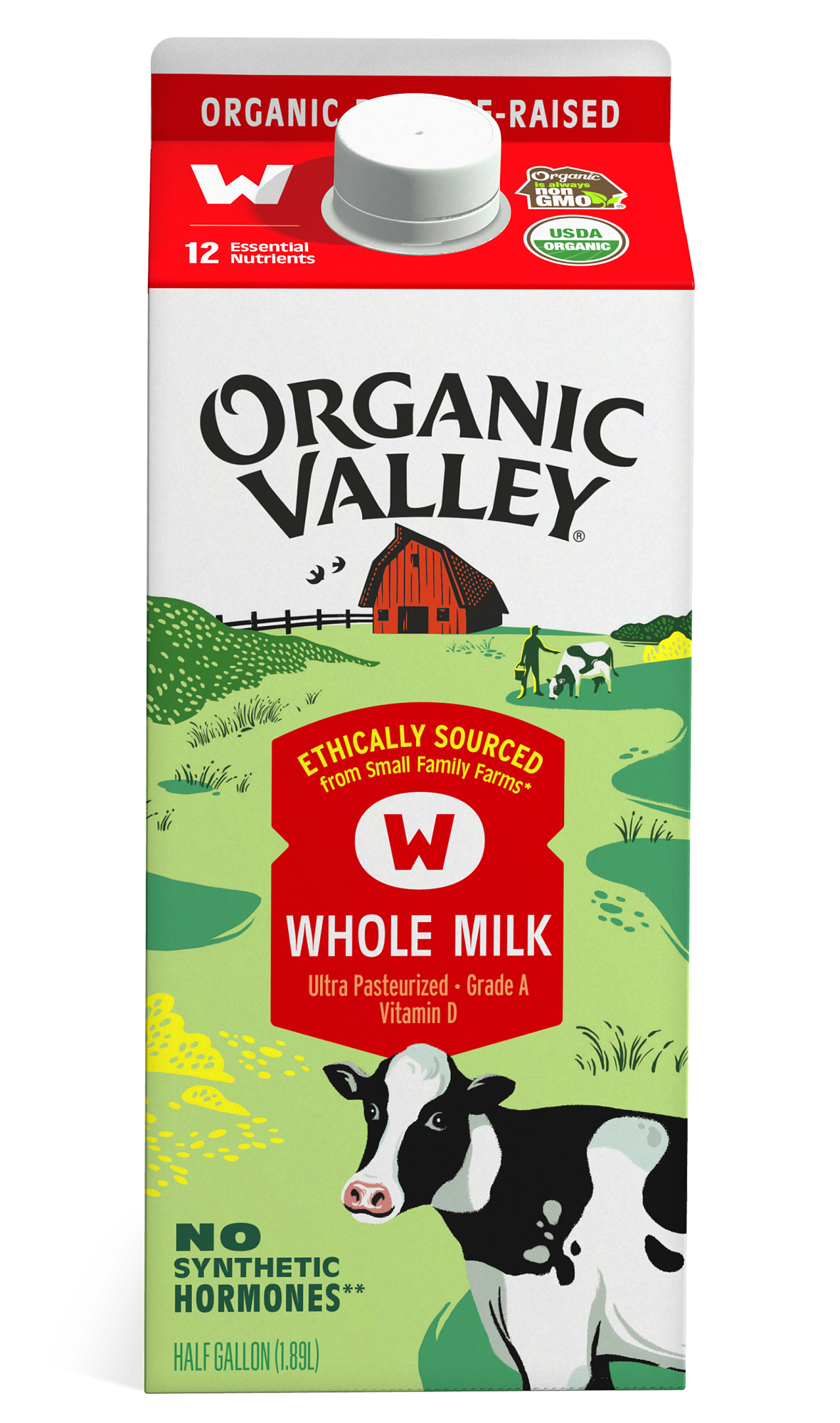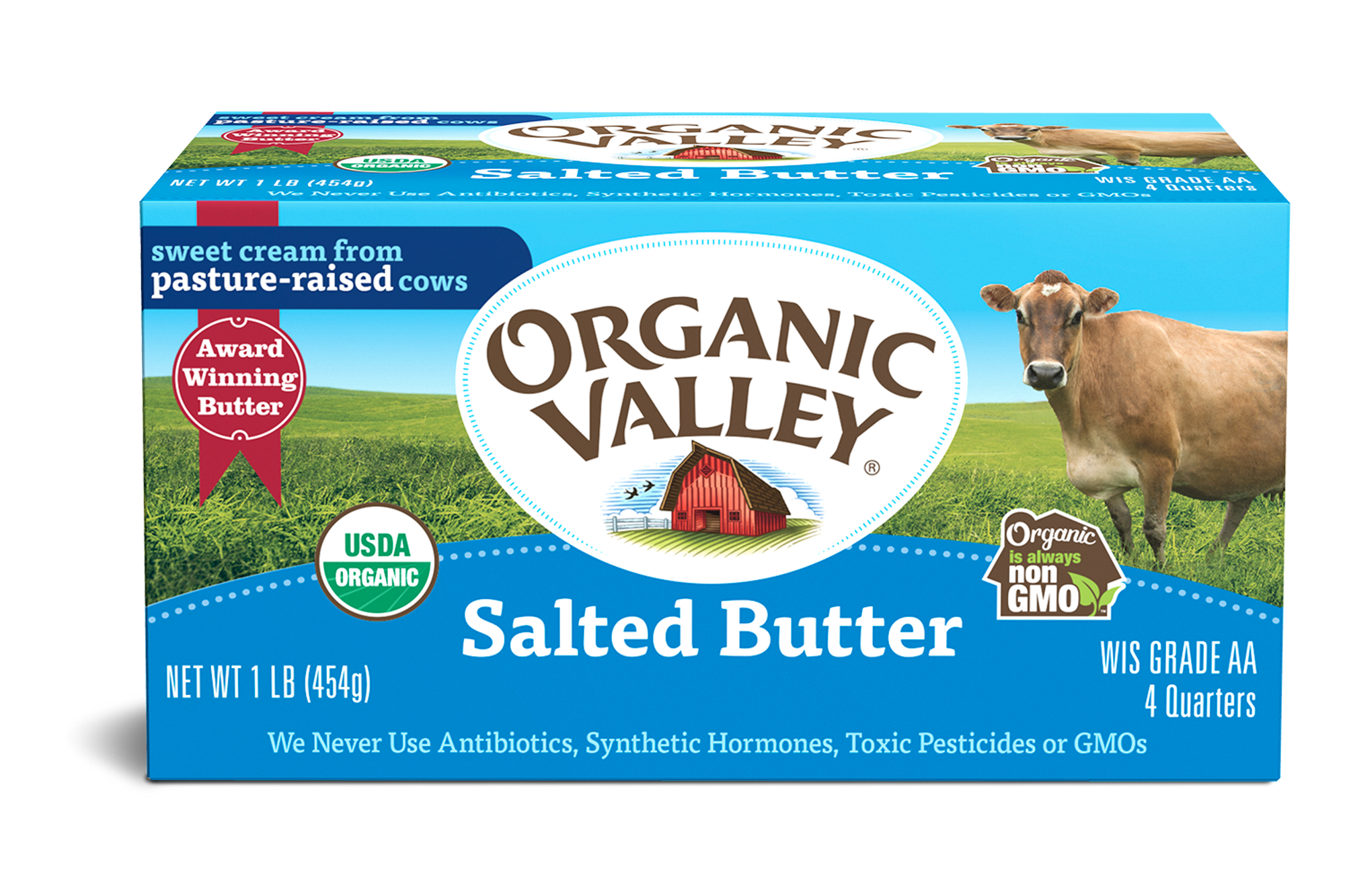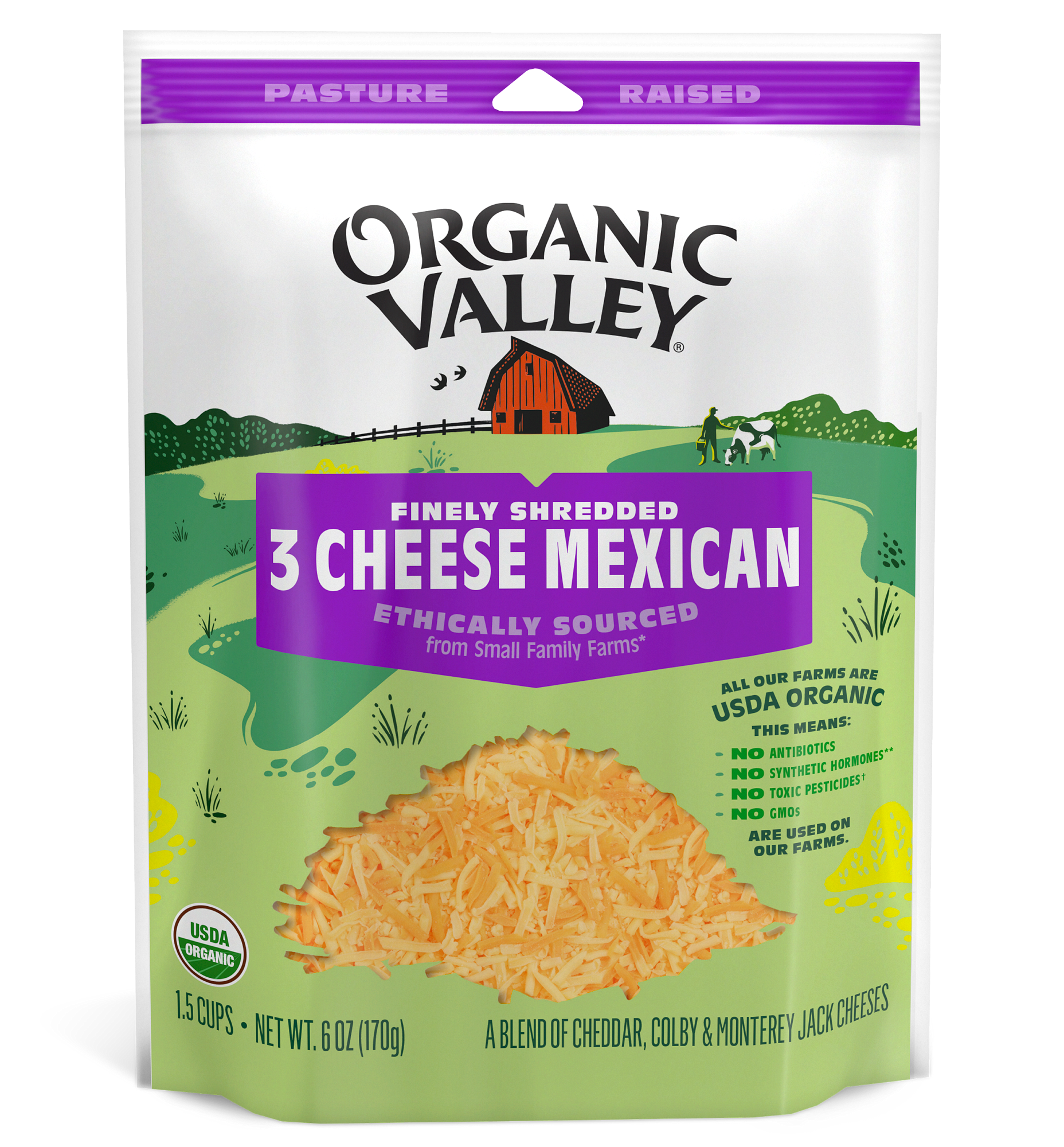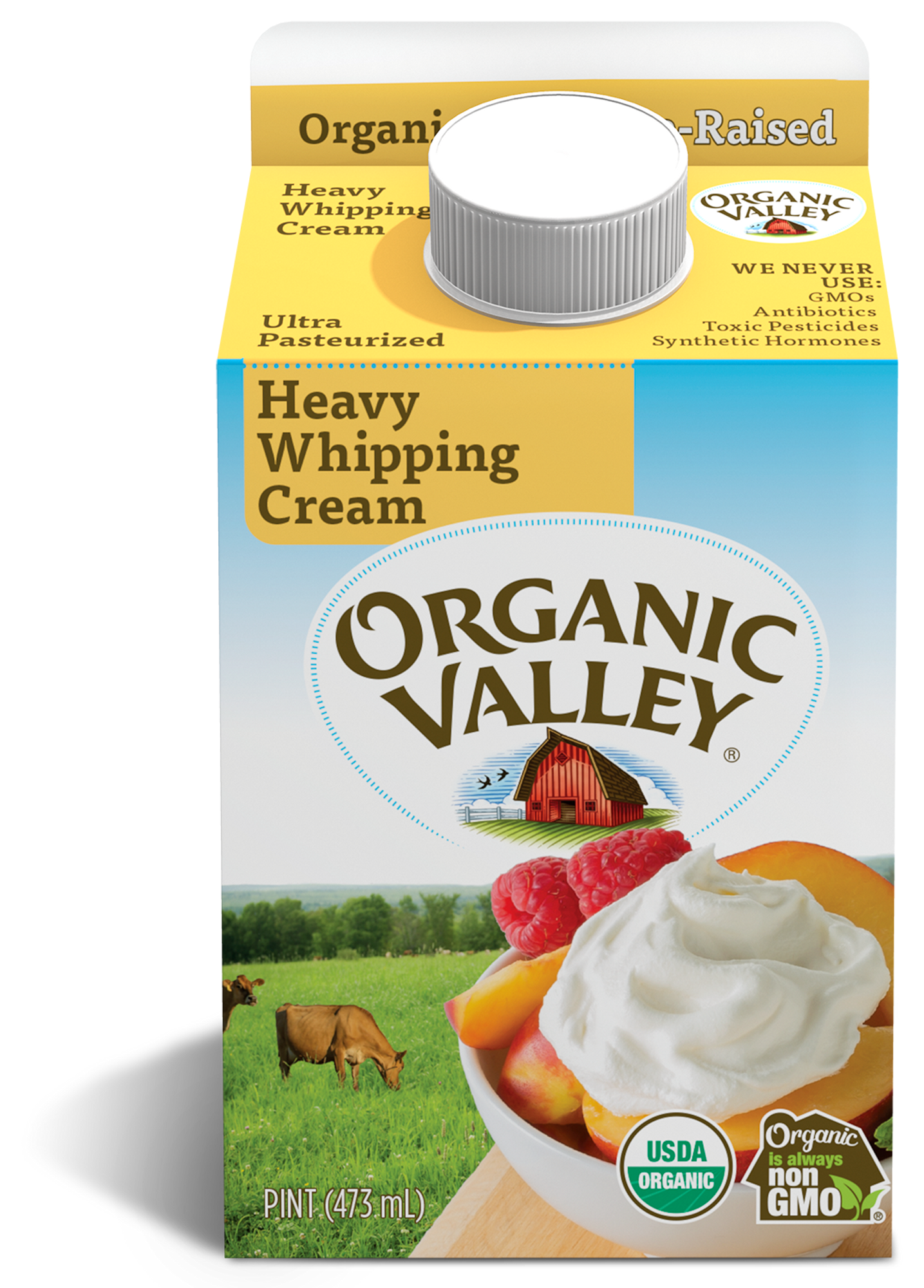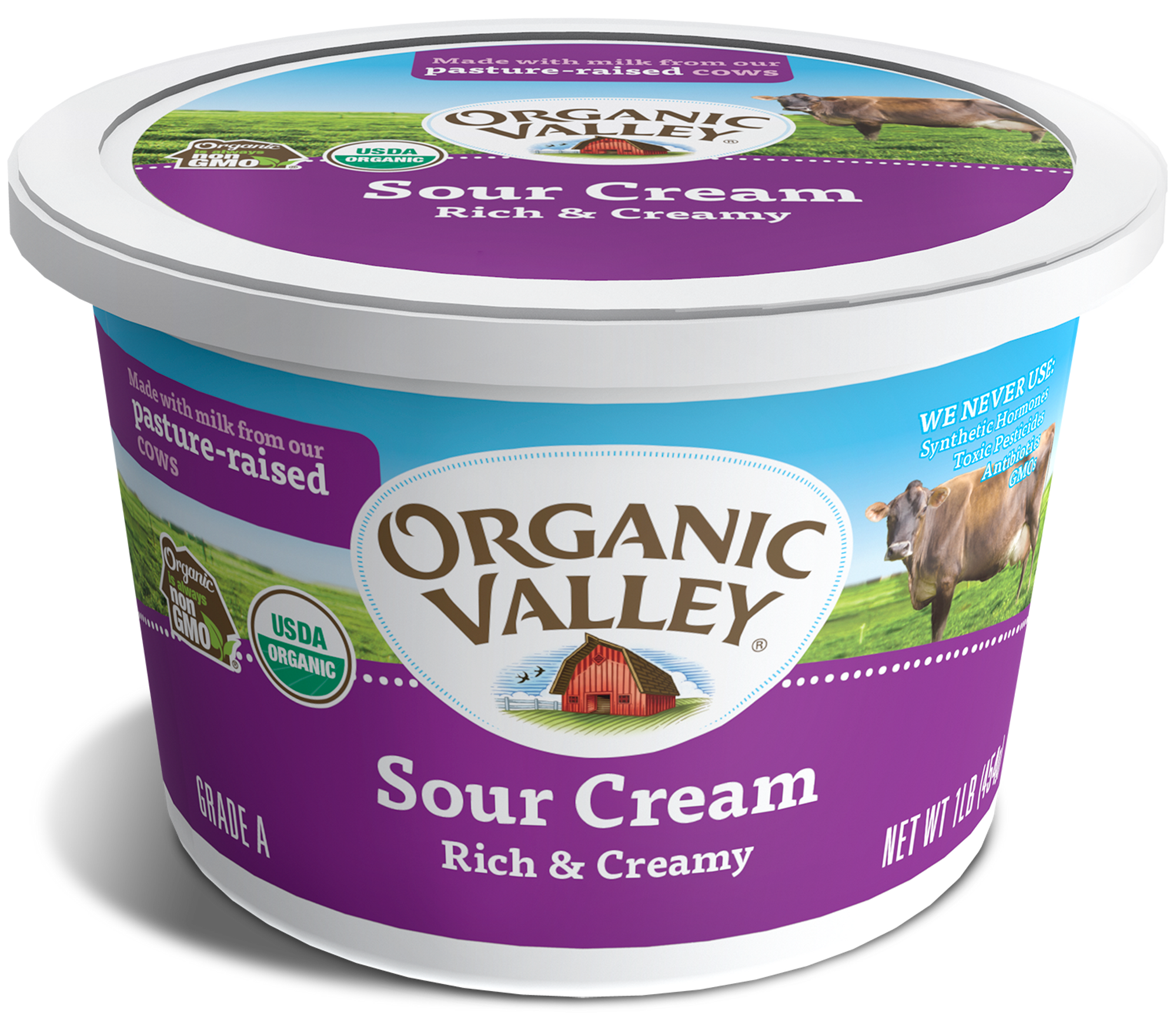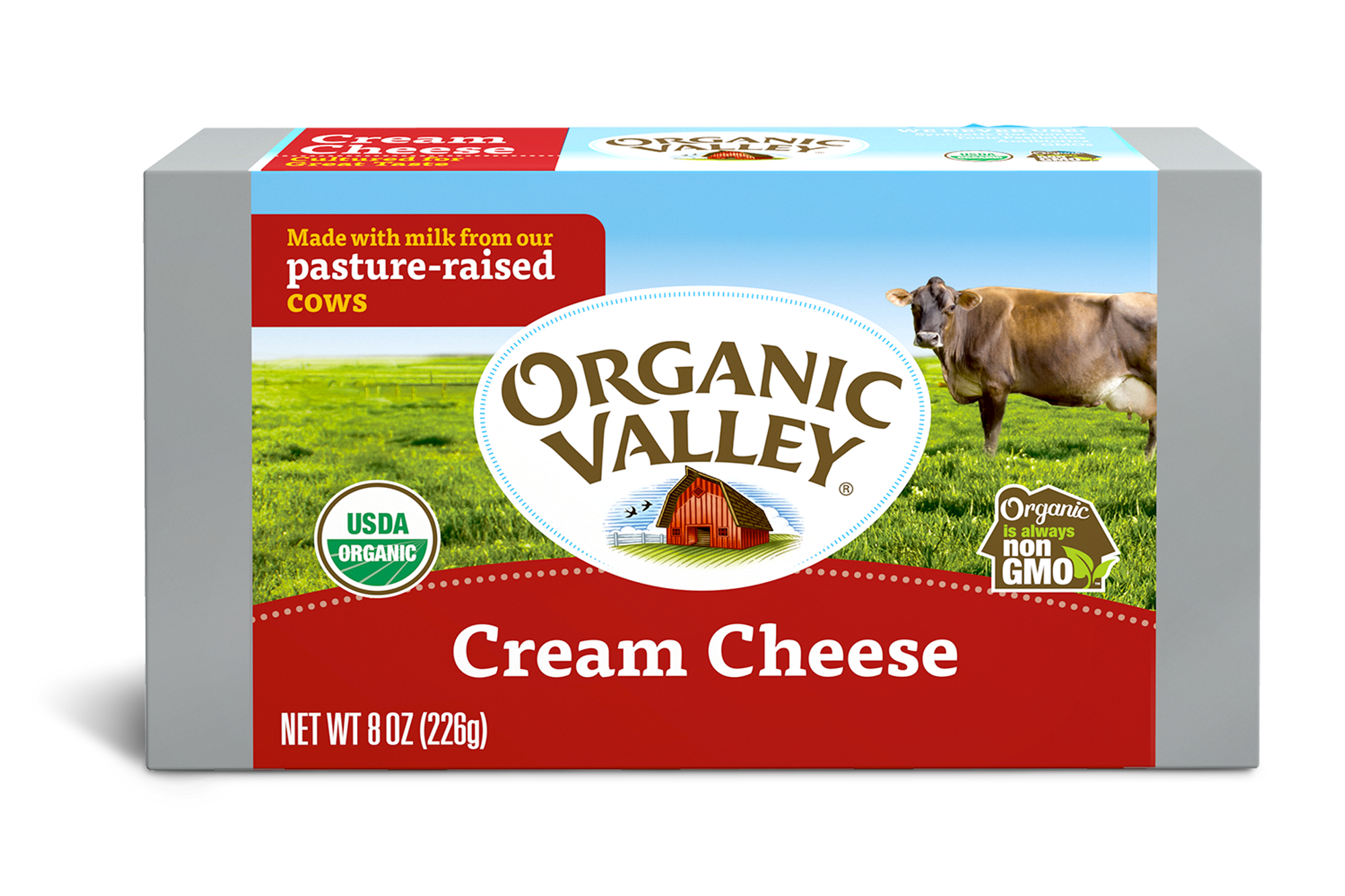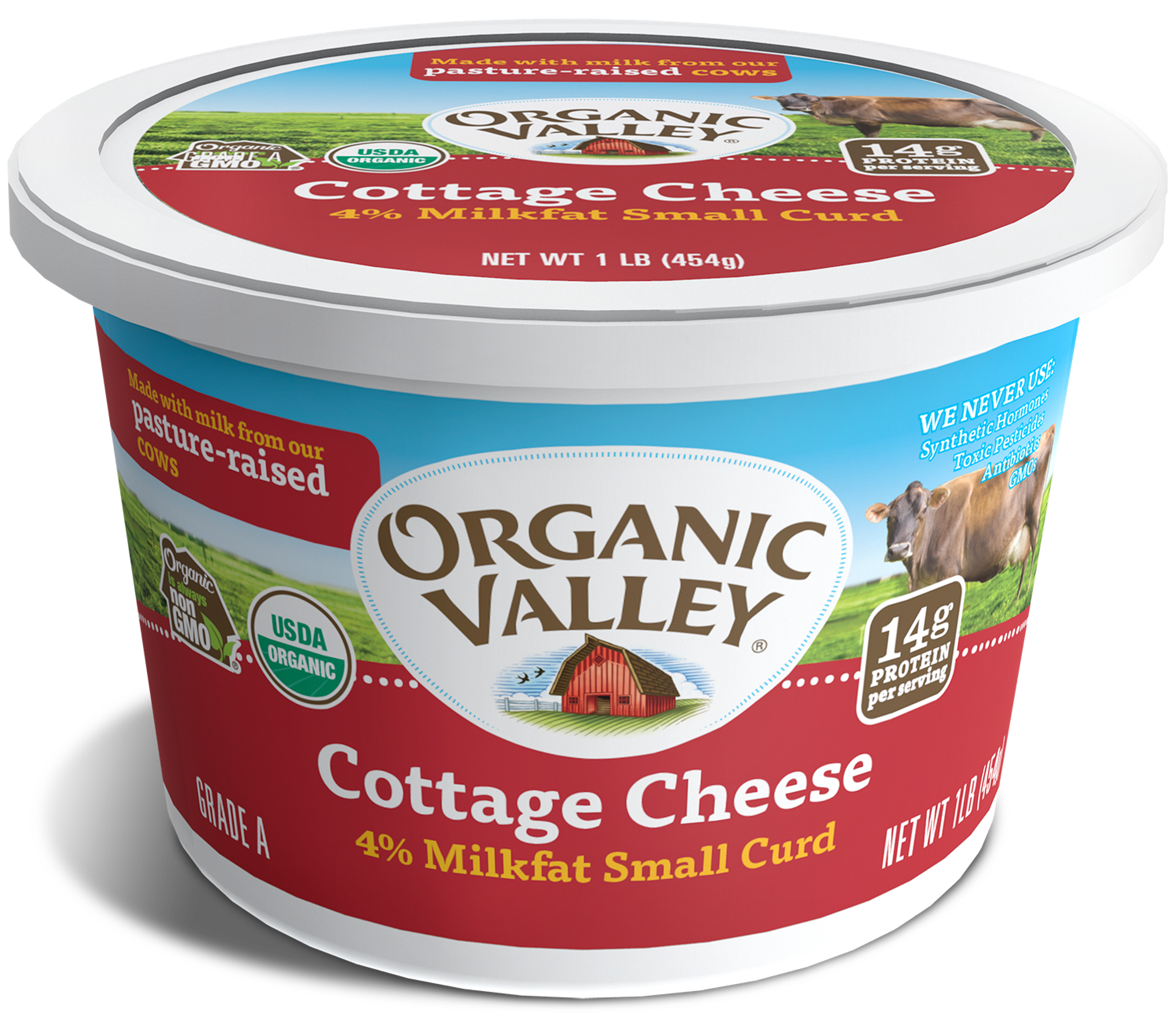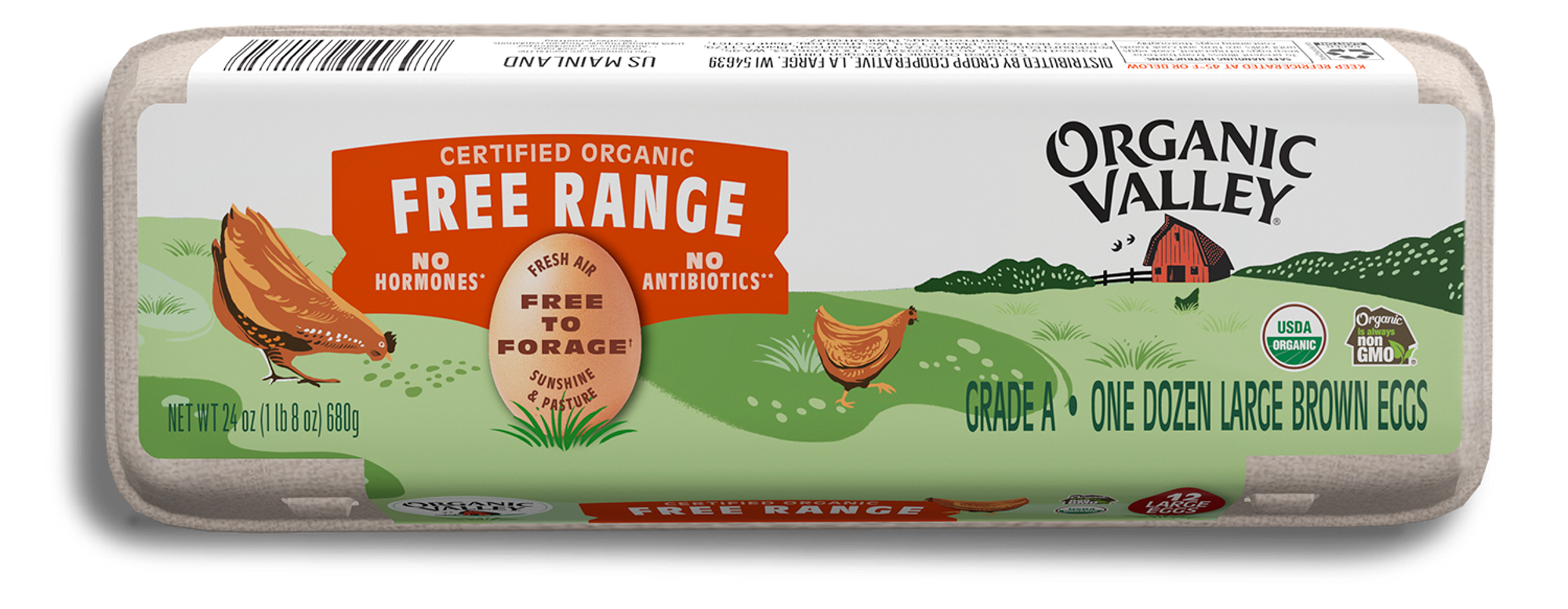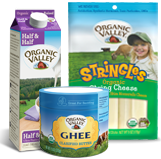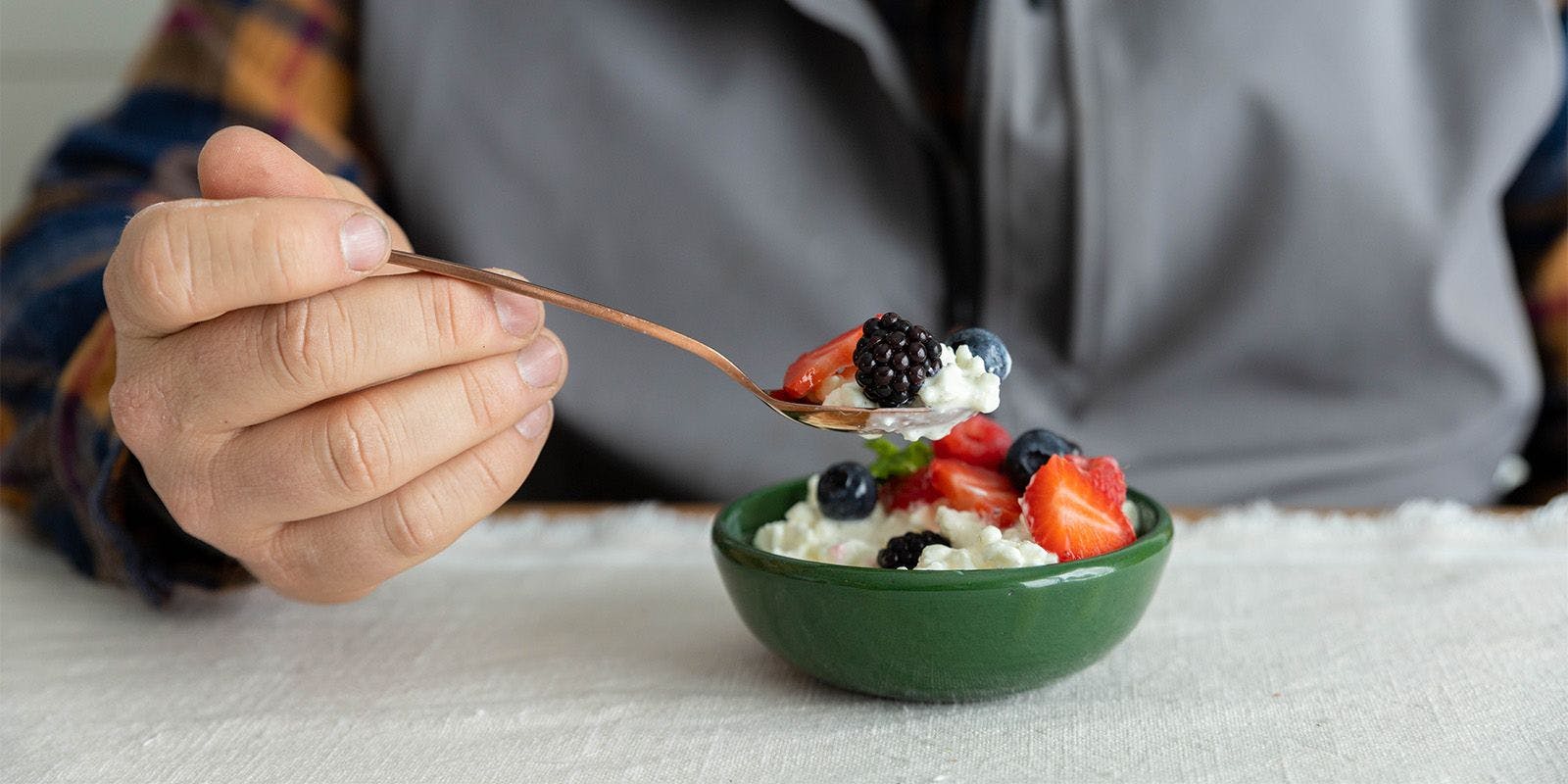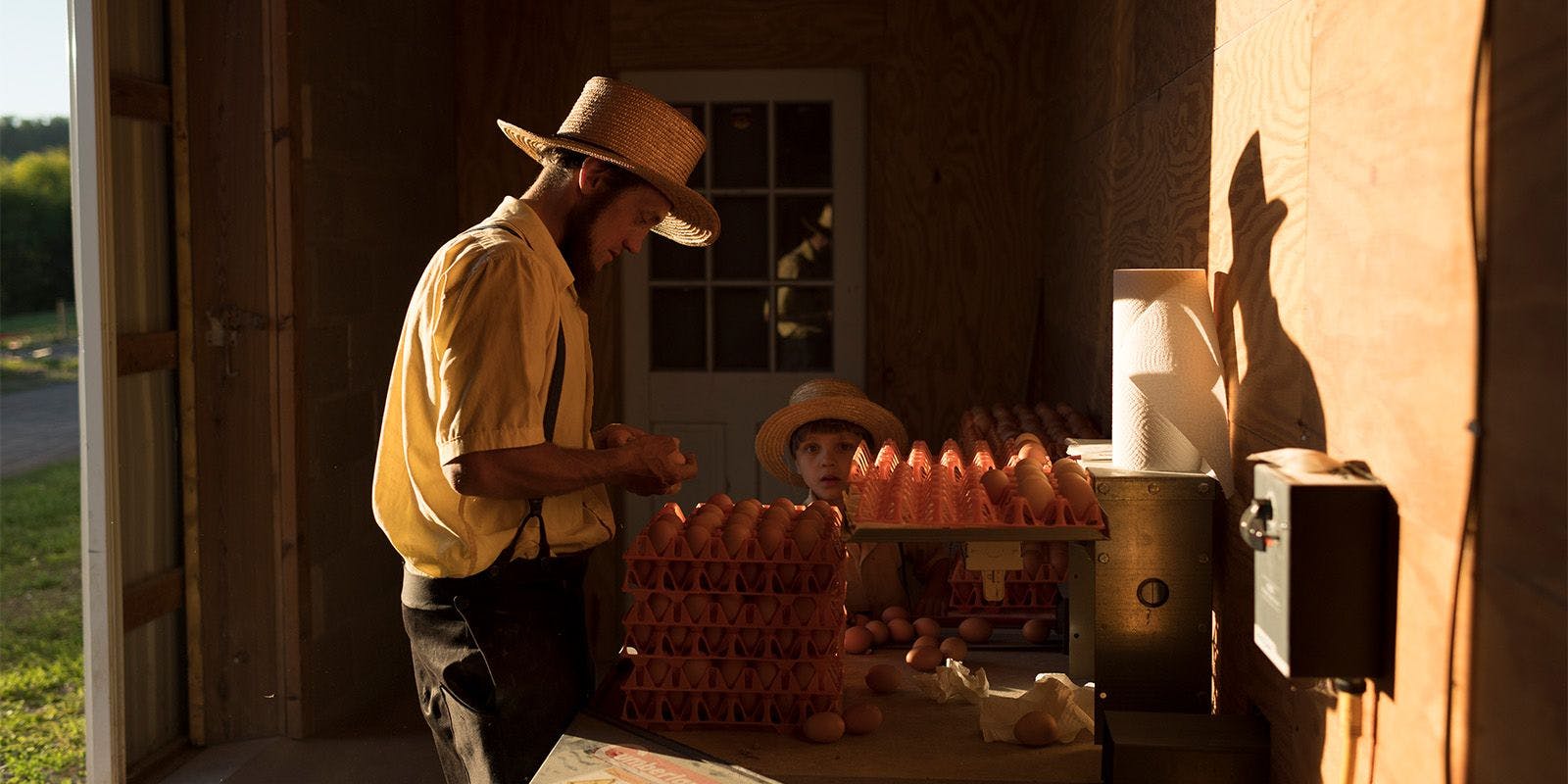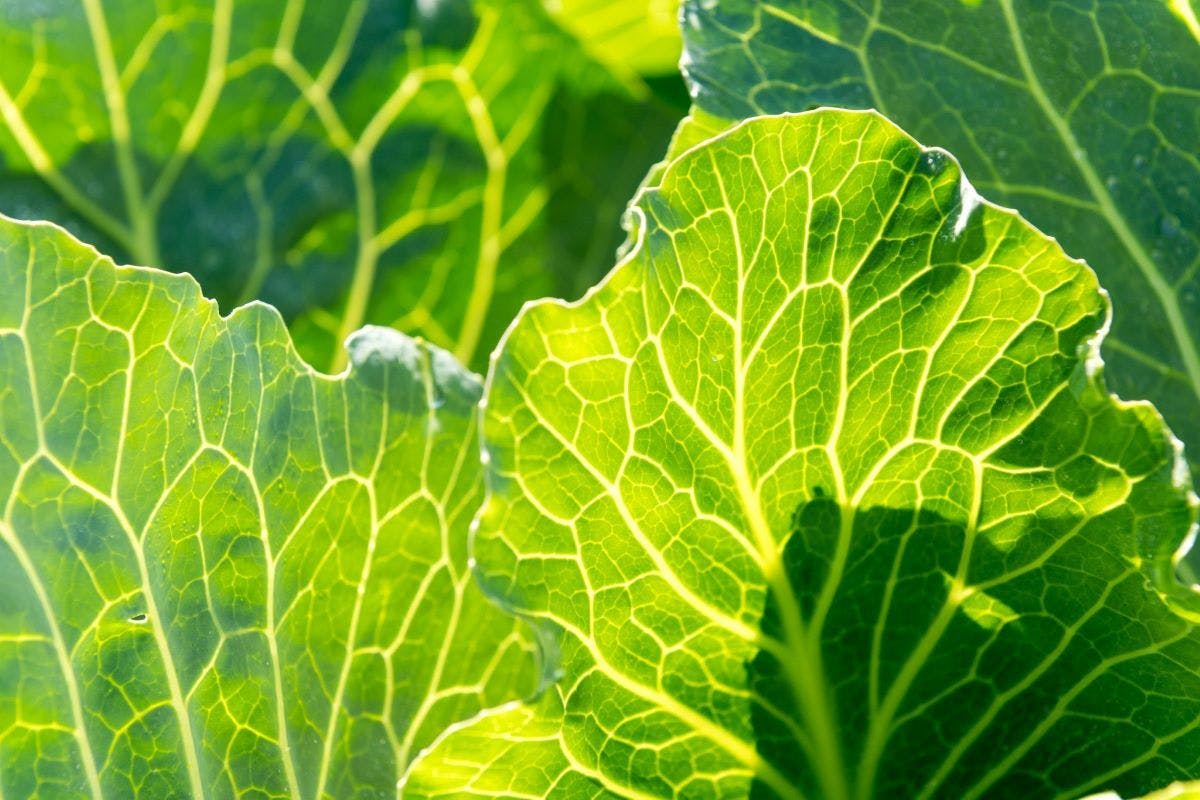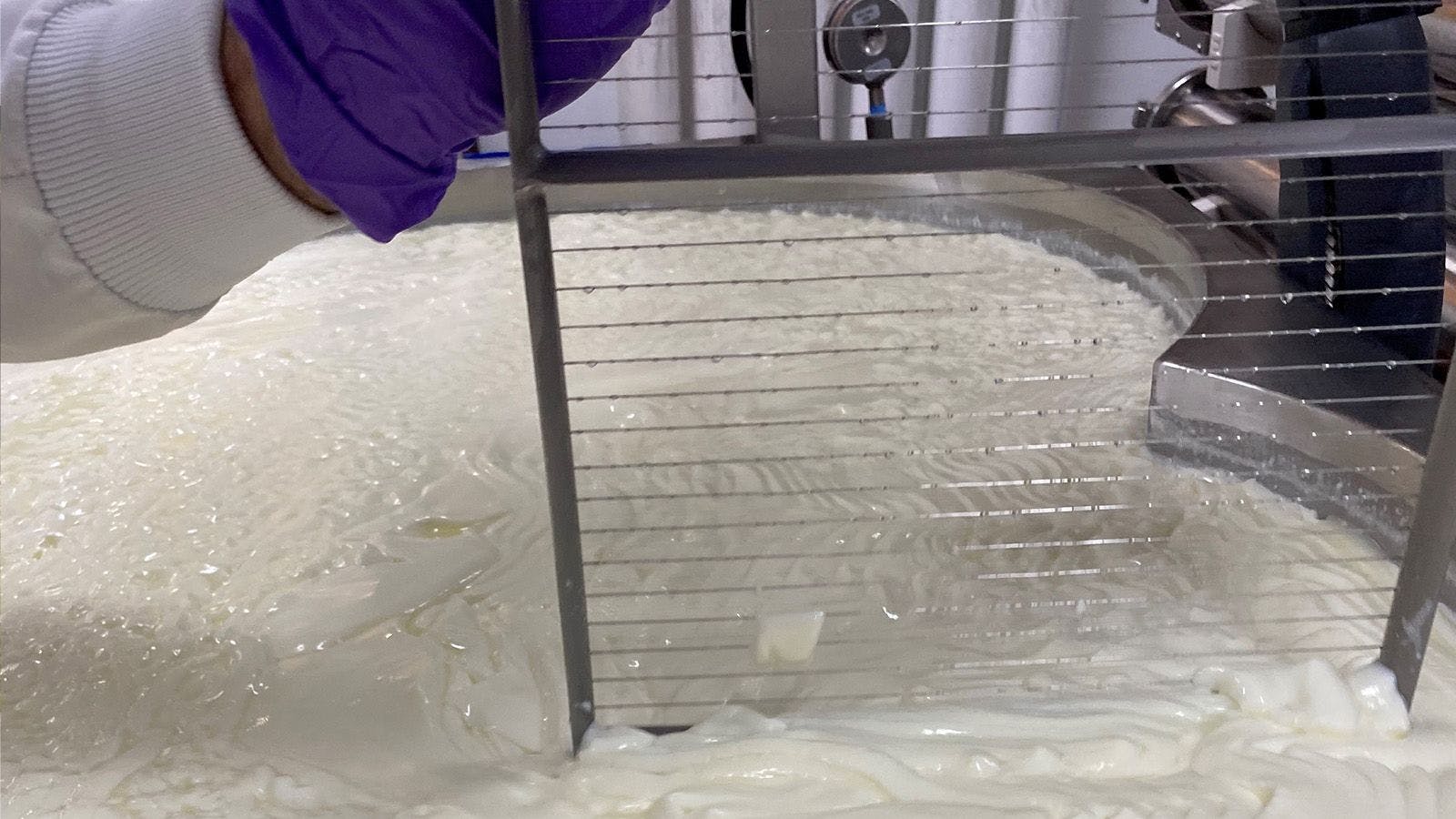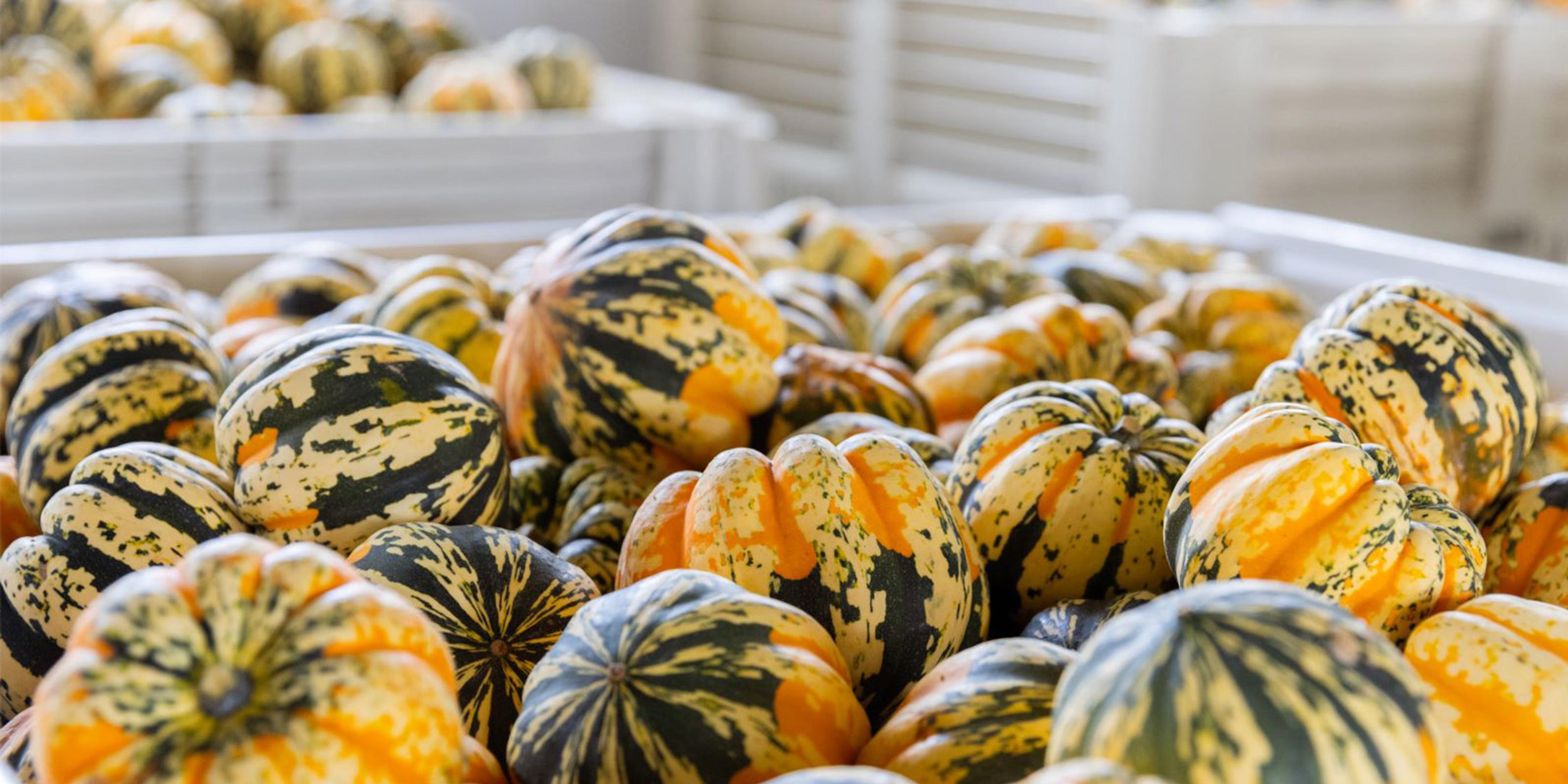
Food
The Head-to-Toe Health Benefits of Squash
Fall means squash season is here, and I am not talking about pumpkin spice lattes! Squash is a wonderful seasonal food to take center stage in your kitchen. Winter squash is sweet, delicious and extremely versatile. It's also packed with antioxidants and fiber, making it a nutritious choice for family meals.
Winter squash, including delicata squash, acorn squash and pumpkins, belong to the Cucurbitaceae (gourd) family. Squash, one of the world’s most cultivated crops, originated in Central America. Along with corn and beans, squash was a vital plant for many Indigenous American groups. By planting these “three sisters” vegetables together, the soil became more fertile and provided enough nutrients for the communities.
Winter squash, unlike zucchini and yellow squash, have thicker skin and firm flesh. The seeds are located in the middle. There are several varieties, which vary in shape, texture and color of skin and flesh. Butternut squash is one of the most well-known, with bright orange flesh, light tan skin and long neck, but many varieties are available.
Why is winter squash such an excellent choice for the season? First off, squash is nutrient-dense. Though each variety has slightly different colors of flesh, most varieties have orange or yellow flesh, indicating a high level of phytonutrients, which have several health benefits. Squash is probably best known as an excellent source of beta carotene, an antioxidant that makes squash orange. Butternut squash is the highest in beta carotene of all the winter squashes. It also contains other antioxidants, such as lutein and zeaxanthin, which are associated with eye health.
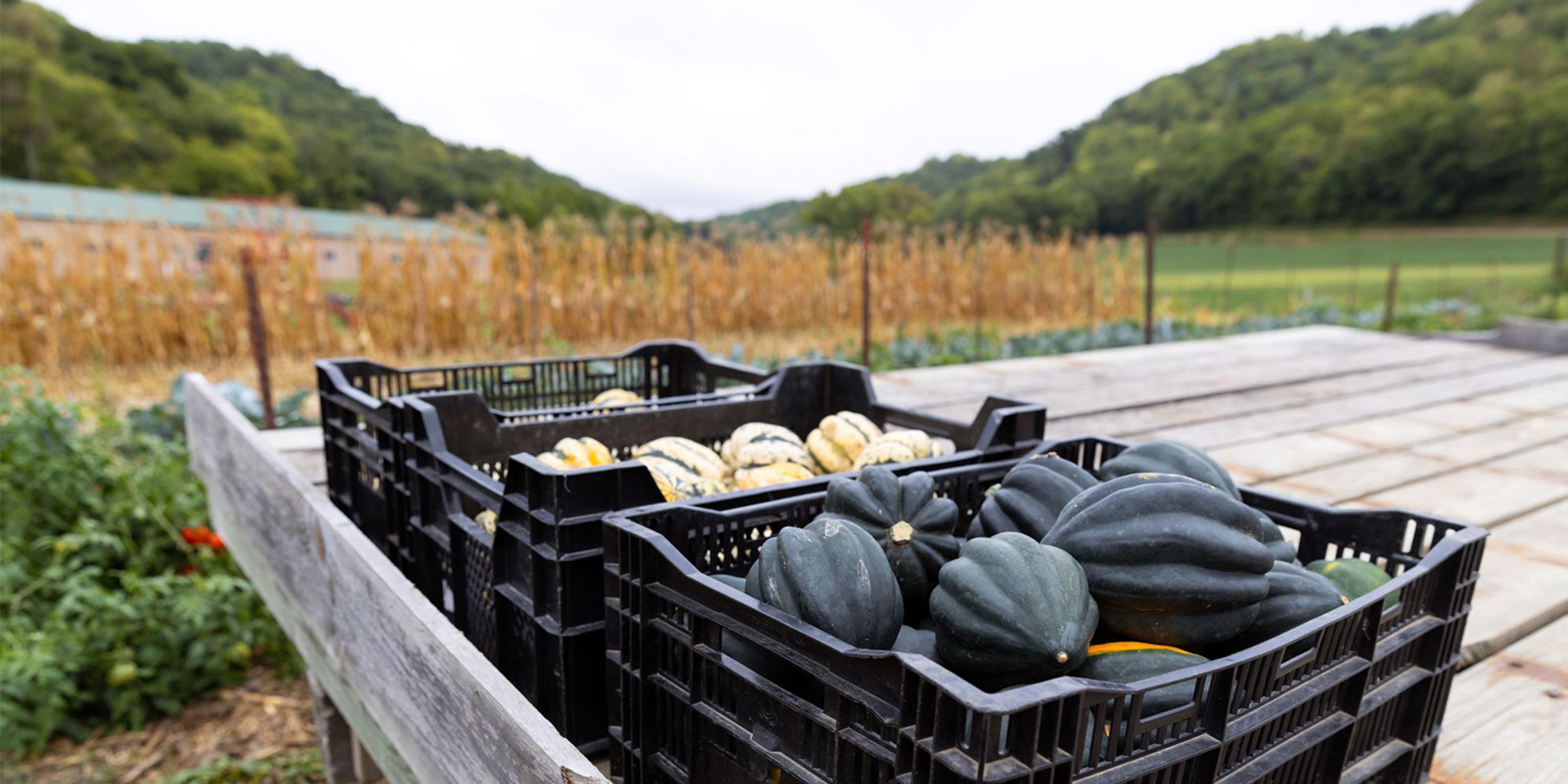
Fresh-picked squash is ready for market at the Trussoni farm in Wisconsin.
Squash for Improved Sleep and Heart Health
Winter squash is a good source of vitamins and minerals. You can find vitamins C, B1, B6 and folate in all squash varieties. It also provides a good dose of minerals, including the electrolytes potassium and magnesium, and the trace minerals copper, selenium and manganese.
These nutrients have been associated with benefits to heart health, thyroid health and even improved sleep. Given its high content of vitamins and minerals per serving, it is safe to say that squash is a superfood!
Packed with Fiber and Good for the Gut
Squash is great for digestion! The benefits of eating squash are due to its vitamin and mineral content and the fiber it provides. Winter squashes are rich in prebiotic soluble fiber, which nourishes good gut bacteria and balances the microbiome.
Squash is included in popular diets because it is easy to digest and has lots of nutrients. These diets include paleo, gluten-free and gut-healing protocols. Hubbard and acorn varieties have the most fiber, with 10 and 9 grams, respectively. Winter squash usually has 4 to 5 grams of (mostly soluble) fiber per 1 cup serving.
Adequate fiber intake not only helps with gut health but also slows digestion of carbohydrates to help balance blood sugar, improves satiety after meals and promotes liver health. What a delicious way to add to your daily fiber intake!
Winter Squash In a Cinch
Don’t be intimidated: Winter squash is easy to prepare! Because of its size and presence of a thick skin, winter squash can feel daunting to cook. However, it can be as easy as cooking any other vegetable and is as simple as this: Cut the squash in half lengthwise, remove the seeds and roast until flesh is tender.
Once cooked, you can scoop out the flesh and use it in many recipes or enjoy it as-is. It’s delicious topped with a healthy dose of butter or drizzled with a bit of maple syrup and sprinkled with a touch of cinnamon. It’s the perfect side dish to pasture-raised meat or any cool-weather meal!
Add pureed or mashed squash into dishes like polenta, mac and cheese, lasagna, casseroles or mashed potatoes for extra veggies where you might not expect them.
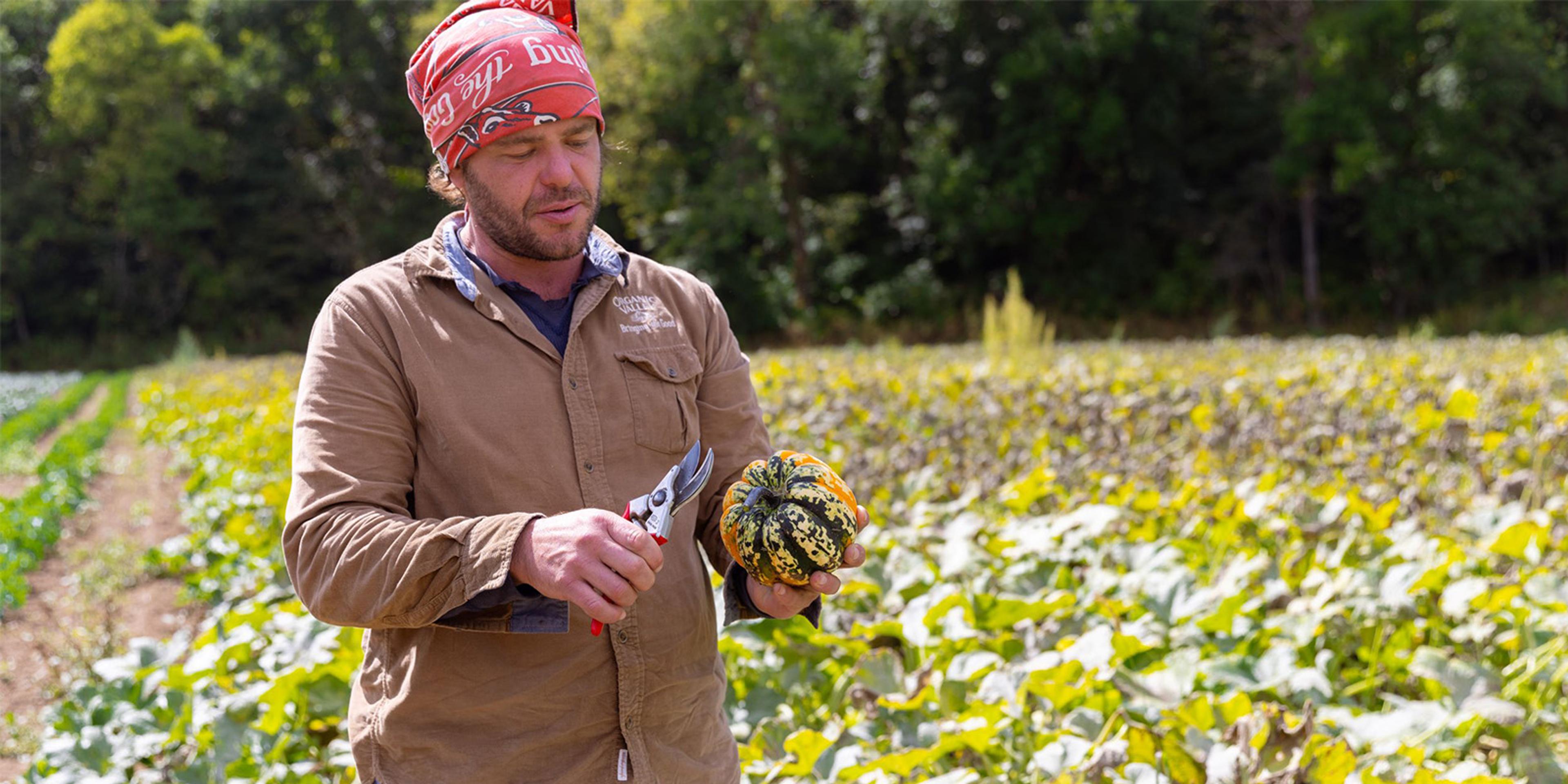
Organic Valley farmer Justin Trussoni picks squash at his Wisconsin farm.
Squash as Baby Food
Of course, simple peeled and pureed winter squash with butter is terrific as one of the first foods for babies, too.
You can also peel and cube squash before cooking it, where you can use it in curries, soups and stews, including a veggie-rich chili.
Spaghetti squash is an excellent gluten-free substitute for noodles, as the cooked flesh “shreds” to look like long strands of noodles. Pair the noodles with tomato sauce and meatballs, or try it in Asian-inspired dishes like pad thai. Winter squash shines in both sweet and savory dishes. You can use puree in quick breads, cupcakes, pies (most pumpkin pie filling is actually butternut-like squash) or spreads like pumpkin butter.
How to Store Squash
Winter squash is in season during fall and winter, and has a long shelf time because of its thick skin. So, you can keep it on your counter until you're ready to cook it. If you have a root cellar, this is the best place to keep winter squash for longer-term storage. Store squash in a single layer, and don’t allow them to touch each other.
To extend the shelf life, you can also freeze squash. Simply store cubed, raw squash or precooked puree in airtight bags for later use.
As a bonus, squash contributes very little to food waste. The seeds are often discarded but are edible when toasted.
You can clean the seeds from winter squash and roast them for a snack, which are delicious on a cozy night in. Some varieties of squash, like delicata and acorn, have thinner skins, which can also be consumed once cooked. All squash skins are technically edible but some are tougher and much less palatable. These other varieties’ skins are generally discarded but would make a wonderful addition to your compost pile.
You can use squash grown in your garden or buy some at the farmers’ market. Another option is to purchase organically grown squash from Organic Valley!
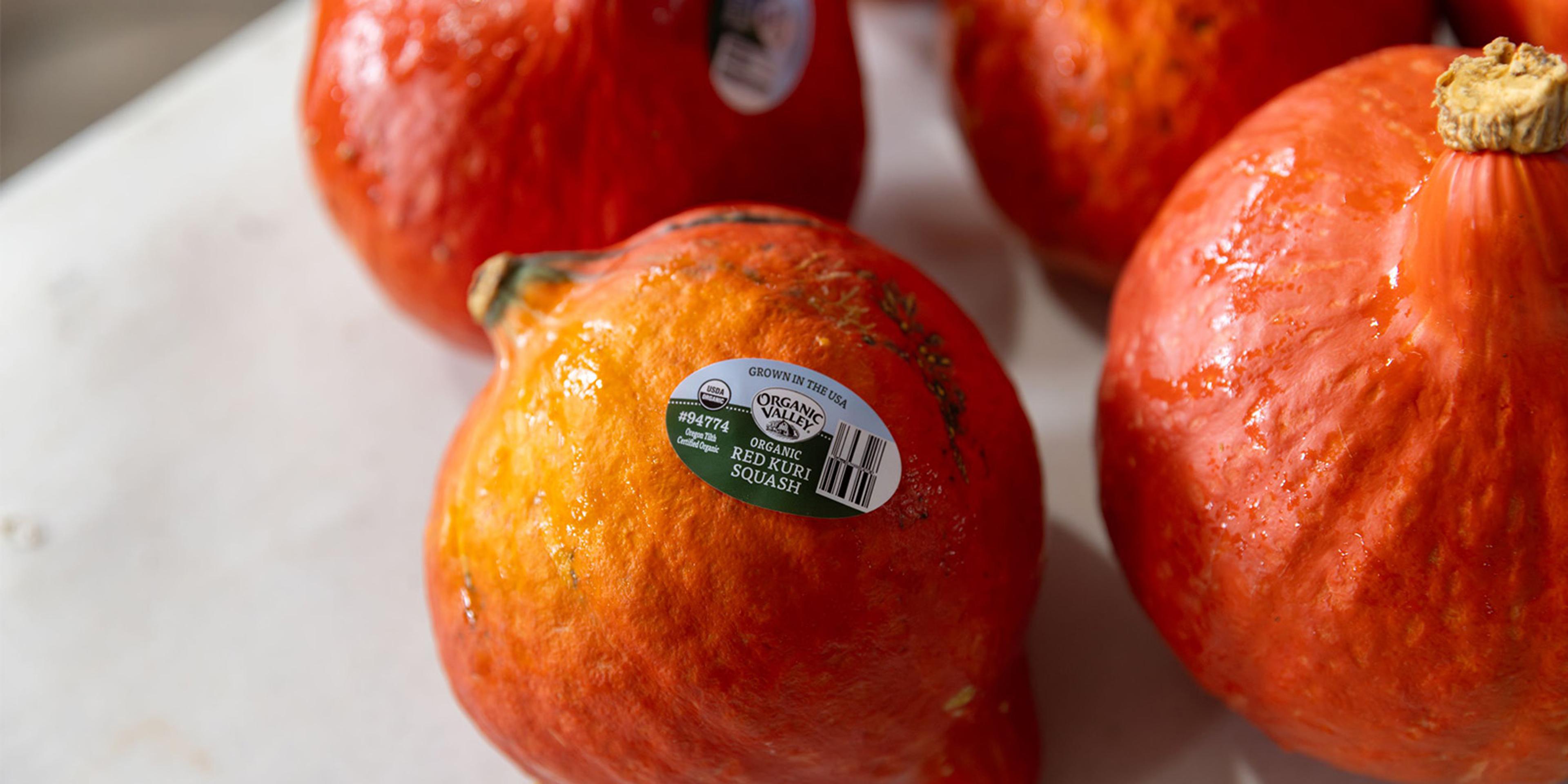
Red kuri squash is often used in soups and casseroles.
Our Co-op Started in the Garden
Many people think of Organic Valley for its dairy, but it began as a produce co-op. The farmers started pooling their crops to sell in local communities. Hence the co-op’s name CROPP (Coulee Region Organic Produce Pool). In less than a year, farmers started selling dairy products.
Organic Valley’s tradition of growing delicious, nutritious vegetables continues! Organic Valley farmers produce 10 varieties of winter squash.
- Buttercup: The scent of a buttercup squash may resemble a cucumber, but the flesh becomes dense and mild when baked.
- Butternut: The flesh has a smooth texture and sweet flavor, particularly after storing the squash for a few months.
- Carnival: A hybrid of sweet dumpling and acorn squash, carnival squash is a good replacement in recipes that call for acorn or butternut squash.
- Delicata: Delicata tastes similar to a sweet potato and is easy to prepare. The skin is tender and edible.
- Green acorn: This squash has an acorn-like shape, giving it its name. It is an ideal shape for stuffing due to its bowl-like center, and it boasts a nutty flavor.
- Kabocha: Kabocha is the Japanese word for squash. This variety has a nutty, earthy flavor with a touch of sweetness.
- Pie pumpkin: This fall ornamental must-have is also excellent for pies, of course.
- Red kuri: This squash is also known as orange hokkaido, red Hubbard or potimarron. It is asymmetrical and lopsided. It has yellow flesh with a smooth, chestnut flavor. Full-flavored and sweet, red kuri is delicious with butter and herbs and is often used in soups, stews and casseroles.
- Spaghetti: Cut open spaghetti squash, and you’ll understand how it got its name. The flesh is stringy, resembling noodles. You can use spaghetti squash in place of noodles as a healthy alternative.
- Sweet dumpling: This whitish-yellow and green squash is small — the perfect size for one serving. The flesh tastes like a sweet potato, and the skin is edible.
Choosing organically grown squash and other produce ensures your food is grown without toxic chemicals and is better for the planet. Your purchase of Organic Valley products also helps small organic family farms stay on the land.
With so many types of winter squash to choose from, all offering different benefits and ways to prepare, it is a no-brainer to include plenty of winter squash in your meals this fall. They are all healthy and delicious, so mix it up and find your family’s favorite way to enjoy the bounty of winter squash this season.
Organic Valley squash is seasonally available at select locations.
Originally from Kansas City, Missouri, Laura Poe Mathes, R.D., moved all over the U.S. before finally figuring out that she is a country girl at heart, settling down on her homestead in the Driftless region of Southwest Wisconsin with her husband. Laura is a private practice dietitian, focusing on individualized healing and adding in traditional, whole foods. She is also a functional movement coach and a blogger, writer, and speaker on health and traditional cooking techniques, such as fermentation and cooking with organ meats. She loves to spend time with her family and be out in nature as much as possible, especially canoeing, foraging, and hiking. Learn more about her work at Viroqua Nutrition Counseling and on her recipe blog, Brine and Broth.
Related Articles
- Tags:
- high quality products
